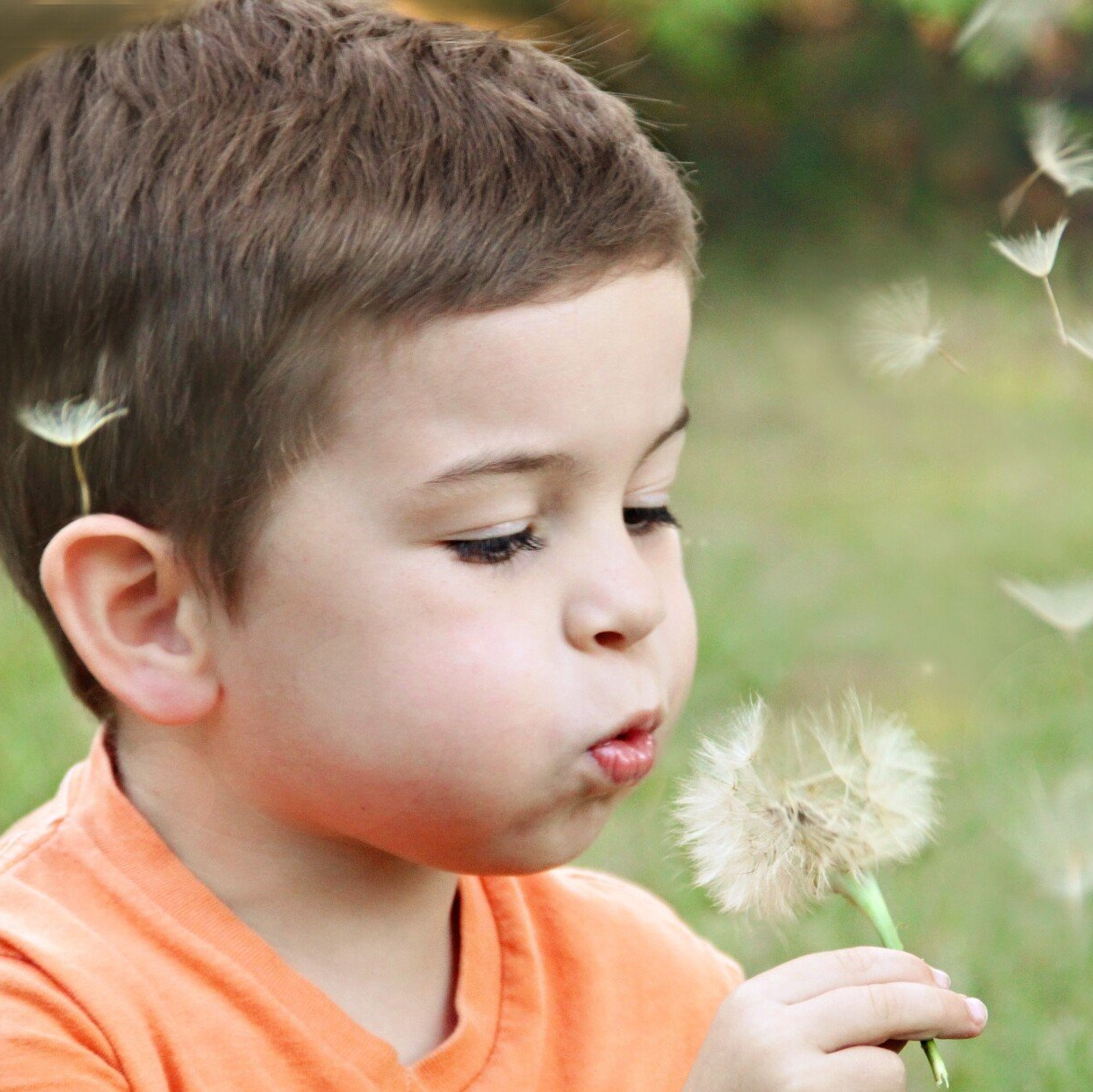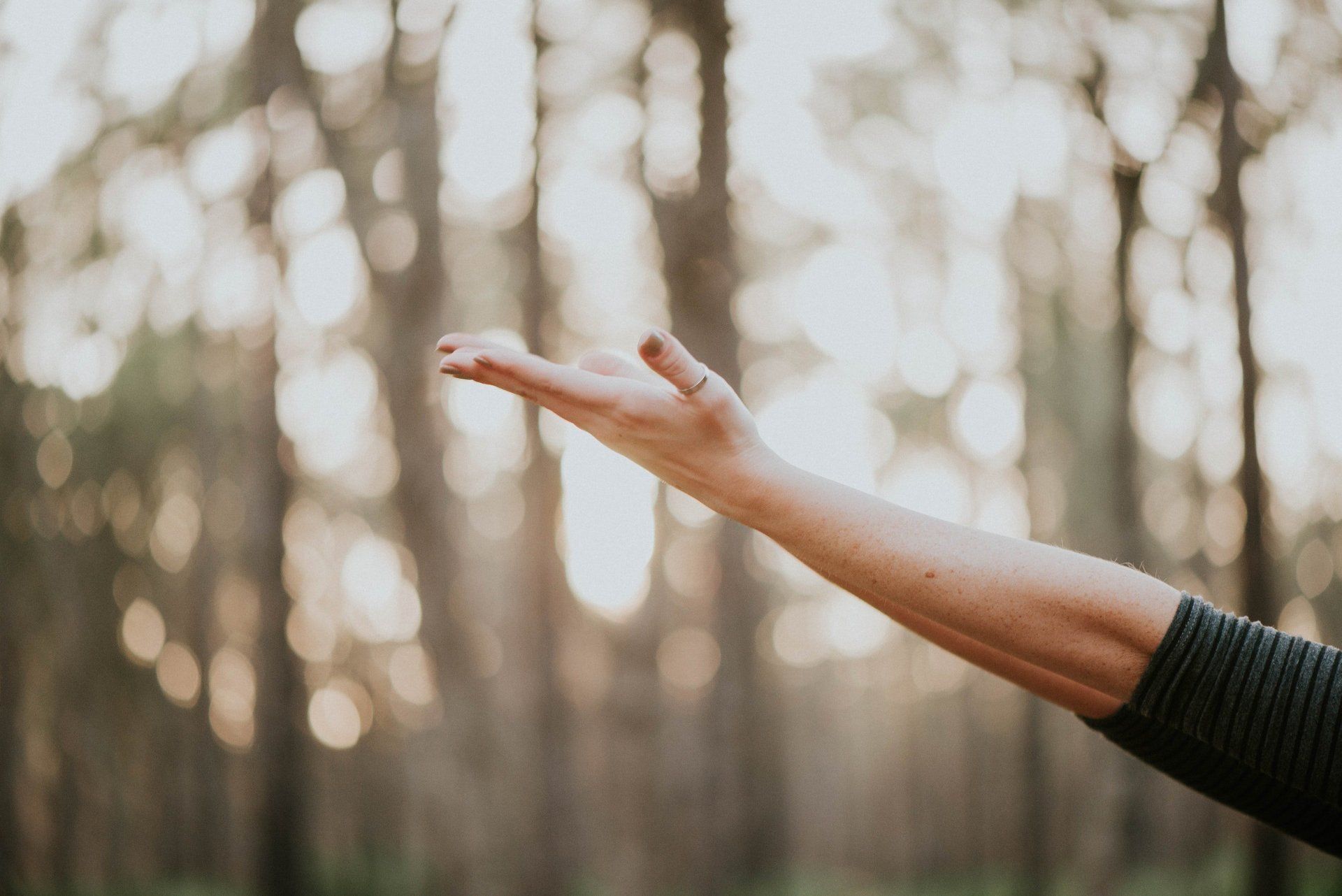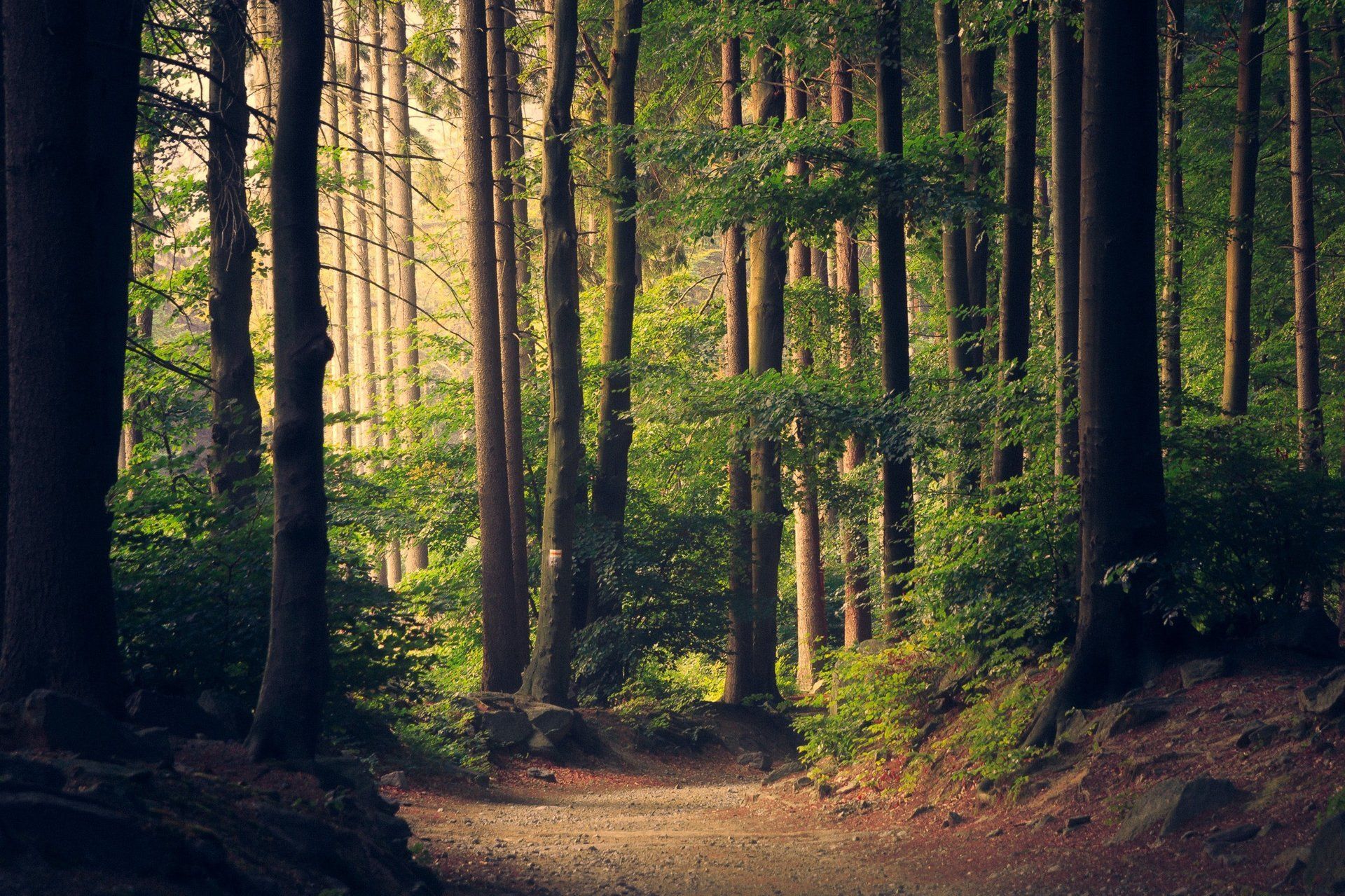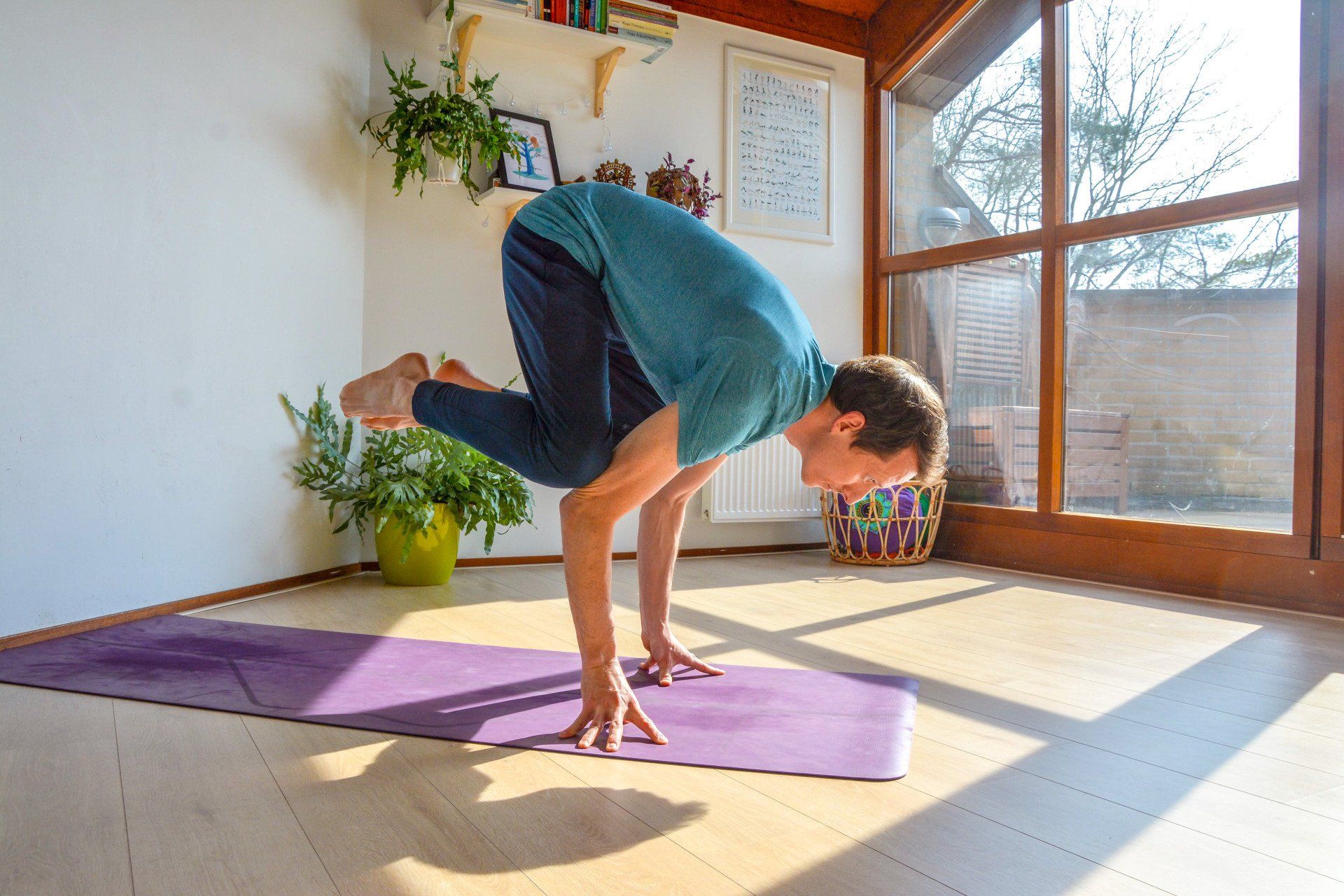deCommune - Finding Balance
deCommune • Jun 01, 2022
Moving your body on the mat each day is a great choice to make for your wellbeing. As well as the physical benefits, it also provides moments to connect into a deeper sense of self. With regular practice, the moments of exertion and struggle open up to flow.
When you move deeper into postures, a certain sense of satisfaction is discovered.
The great Sufi poet Rumi observed the exquisite nature of movement. “Your hand opens and closes and opens and closes.
If it were always a fist or always stretched open, you would be paralysed. Your deepest presence is in every small contracting and expanding, the two as beautifully balanced and coordinated as bird wings.”
Balance is fundamental to living a fulfilled life. Each day, week, month and year, the whole system seeks to find balance.
When you feel balanced, you move with harmony and grace. But was it more than the balance of physical movement that Rumi was referring to?
Perhaps your “deepest presence” is possible in much more than just the movement of your limbs.
Is each small physical contraction and expansion just a glimpse of something much deeper?
Consider the movement of breath within you, knowing when it is short and jagged or when it is long and easy.
When you tune into your senses, what do you become aware of? What is that sound? Is it relevant and why does it impact me in such a way?
When you focus your attention, you feel centred.
There is a sense of balance from within. Beyond the coordination of the limbs, balance provides a powerful framework for approaching life.
Finding balance

By deCommune
•
05 Jun, 2022
Self Power - Empowerment How can yoga be a tool for empowerment? Empowerment is about having the ability and confidence to turn towards and really feel the moment deeply – no matter what that moment involves – and act accordingly, from presence, from reality. You can practise this on the yoga mat, especially when you challenge yourself. During challenges we often turn away from feeling the exhaustion or the work we put in – instead we just try and get through it with little presence. When you want to empower yourself it’s really about staying present to everything you feel. On the yoga mat, for example, try and feel deeply the intensity of what you are doing, the resistance you may feel, the relief when it’s over, the happiness that may come from completing a class and having moved energy. Turning up and turning towards it! That is empowerment! Turning your pain, weaknesses and vulnerability into strength, connectedness and presence. This creates confidence that you can be with life, as it moves through you, your experience of it. Once you can feel deeply, there is no need to turn away from anything that asks for your attention. You will be able to deal with life head-on.

By deCommune
•
02 Jun, 2022
Stay Curious Curiosity is an essential skill that encourages joy in everyday life. It’s one of the things that can stoke the fire of inspiration to try new things and break out of any comfort zone. Although curiosity might not be the first thing that comes to mind for yoga, it can enrich anyone’s practice. Here are a few ways you can encourage curiosity the next time you get on your mat. Explore how different movements affect your experience… The body can move in so many different ways. Finding new approaches to movement can be a great way to satisfy curiosity. Exploring a healthy range of motion is the perfect way to keep a yoga practice feeling fresh and inspired. The possibilities are nearly endless! Discover how curiosity connects to breath… Most yogis understand that breath is one of the most important parts of a yoga practice. Cat/cow is a great place to switch up an inhale and exhale, it can create a whole different experience! To incite curiosity you can even try closing your eyes. This might make you more aware of what is happening in your body as you move with each breath

By Eli
•
10 May, 2021
Most of us long for a happy, easy life with progress, success and a minimum of upheaval and difficulty. When challenges arise, as they invariably do, we back away, get upset, frustrated and generally regretful or depressed that things are not what we would like them to be. But have you ever noticed how are greatest challenges facing us in life also often are our greatest teachers? As we rise to overcome the problems and limitations facing us, the things we welcome the least often becomes a source of great growth and expansion. Certainly, for many of us, the challenges we face in life - be it stress, health issues, fatigue, past trauma - are often what bring us to yoga in the first place. And even more importantly, these are also the factors that continue to motivate and stimulate us to be regular in our yoga practice. One of the challenges most of us will face as we get older is the widespread health problems that arise as the bones of the body begin to deteriorate and fracture risk becomes an ever-present companion. Fortunately, like so many other challenges we are faced with, this is one more area where we can turn to our yoga practice to potentially prevent and minimize this risk. Did you know that activation of the vagus nerve keeps your immune system in check and releases an assortment of hormones and neurotransmitters such as acetylcholine and oxytocin? This results in reductions in inflammation, reduced allergies, relief from tension headaches, improvements in memory, and feelings of relaxation. What is the Vagus Nerve? The vagus nerve passes through the belly, diaphragm, lungs, throat, inner ear, and facial muscles. Importantly, 80 percent of vagus nerve fibers are afferent or sensory nerves which means that they communicate messages from your body back up to your central nervous system. That means that when you move and breathe into these areas of the body, you can influence the functioning of your vagus nerve.

By Eli
•
29 Apr, 2021
In Ayurveda, traditionally, organic ashwagandha has been prescribed as a nerve tonic and adaptogen—an agent which helps the body adapt to various emotional and physical stressors. It has classically been used in India for nearly 5,000 years for conditions such as Rheumatism Constipation Insomnia Nervous conditions Chronic stress Goiter Joint inflammation Parasites Hormone balance A paste made from the ashwagandha root powder can be applied topically to treat boils, ulcers, and other skin irritations and infections.

By Eli
•
17 Mar, 2021
Controlling your attention as you meditate can help you feel more relaxed and at peace. And this peacefulness often lasts far beyond the meditation itself. So, when stress appears hours later, you have the means to redirect it. Meditation lets you become more awake and more purposeful about your actions. It teaches you how to respond, rather than react, to situations in your life. Meditation sounds simple. But it takes discipline to remain still in body and mind. You have to block out the world around you and quiet your thoughts. You also need to practice at least 10 to 20 minutes a day to get the most out of your meditation. Healthcare providers include meditation as part of the treatment for many conditions. The benefits of meditation include: Lower blood pressure Decreased pain Better immune system function Better mood and brain function There are many findings corroborating the fact that meditation may improve your physical and mental health. Meditation reduces activity of the sympathetic nervous system. This leads to a slower heart rate, lower blood pressure, slower breathing, and muscle relaxation. Mindfulness meditation helps you zero in on your thoughts and images as they appear to you. You focus on an awareness of the present moment. You start with a single central point, such as your breath. Then you expand to include thoughts, emotions, and sensations. Here are some tips to keep in mind when you meditate: Find a quiet place with few distractions. Sit in a chair or on the floor. Be aware of your breathing and focus on the sensation of air moving in and out of your body as you breathe. Feel your belly rise and fall and the air enter your nostrils and leave your mouth. Watch every thought come and go. When thoughts come up, don't hold them back. Simply note them and return to your breathing. As the time comes to a close, sit for 1 or 2 minutes, becoming aware of where you are. Get up slowly. For best results, try to meditate every day for 20 to 30 minutes. Fitting an extra 20 to 30 minutes of meditation into your already busy day may be hard for some. Or simply sitting still might be a challenge for some personalities. Another option is to try a form of exercise that combines movement with meditation. These include: Yoga. This focuses on breathing, movement, and posture to help you relax and control stress. Walking meditation. With this method, you slow down your walk. Then you can focus on your steps and the movement of your legs and feet. To help you in your walking meditation have a look at DeCommune Soundcloud channel we periodically keep uploading meditations for you to enjoy and benefit from.

By Eli
•
26 Feb, 2021
Have you ever found yourself staring at a picture of a beautiful forest and felt that that green scenery has something of magic? If it happened to you, be reassured is nothing to be worried about, most likely you also believe in the magic of nature and specifically in the magic of forest. Nature can do magical things for humans. Probably this desire to be in touch with nature isn’t just a desire but more the intention to take a moment, to slow down, to fill your lungs with the smells of musk and pine trees and moreover to get back to yourself. What happens when you go for a walk in the forest? If you leave at home all the distractions that we normally carry in our pockets/bag, something magical happens. You might notice that your heart rate begins to slow down, your senses awake and your mind starts to wonder while time seems to slow down. You might start to notice the trees, the trail, the leaves, the birds and the sounds of nature. You might feel wrapped in the beauty of the forest surrounding you. You can’t snub it. You cannot ignore the intuitive sense of the restorative power of nature. We might have noticed this beneficial effect of nature already, we definitely felt it, but we could not explain to ourselves why. Lately, scientists are paying attention. In a society with increasing anxiety and mental illness, simple things seem to bring huge benefit to your body and mind. Do exist a wide range of theories about the physical and mental benefits nature can provide, ranging from clean air and lack of noise pollution to the apparent immune-boosting effects of wood essential oils. But the most powerful benefits, studies seem to suggest, may result from the way trees and birds gently tug at our attention. Have you ever heard the expression forest bathing? Japanese believe in the concept of forest bathing, or as they call it Shinrin-yoku, and to the fact that forests can actually heal our bodies. A forest bath is not complicated. It’s a nature walk with stops along the way to open the senses to the surroundings. Like yoga, it is more about the journey rather than the destination. It is not about your pace or time. Is about be mindful while your mind and senses are awake to your surroundings. A 2007 study (https://www.ncbi.nlm.nih.gov/pubmed/17903349) literally walked a test group composed by Tokyo businessmen into the forest for 3 days. . After these days in nature their natural killer cells had increased by 40% and this effect maintained itself over time, with a level still 15% higher than baseline 1 month after the trip. No worries, they prove that works also for women! The benefits seem to be partly due to the chemicals and oils that trees emit, which in some ways can be linked to better immune functions. Practically what should you do? Just as little as 40 minutes walking in the forest can dramatically help lowering your cortisol levels. Cortisol is frequently called the “stress hormone” because of its connection to the stress response, however, it is much more than just a hormone released during stress. You might not know that most bodily cells have cortisol receptors, therefore this hormone can affect many different functions in the body like: control blood sugar levels, regulate metabolism, help reduce inflammation, assist with memory formulation and helps control blood pressure




